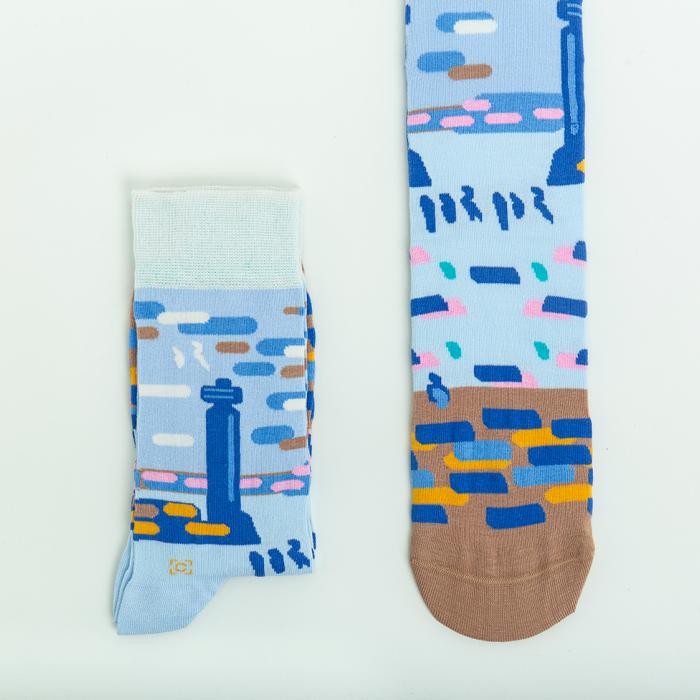This kit contains all the material you will need to make paint using pigments and a medium just as artists did (before ready-mix paint!). You can construct an experiment for students to explore the role of science in both the artist’s and the scientist’s workshop with reference to the technical analysis of the Renaissance painting, Cupid and Psyche by Jacopo del Sellaio. There is material provided with the kit that supports each of the suggested activities below.
Suggested activities
We offer facilitated workshops and self-led visits. There is no charge for our school sessions, but we welcome donations to support the Museum learning programme (recommended donation of £3 per child). Get in touch with the Museum Education Coordinator to discus your visit museumeducation@esc.cam.ac.uk
Self-led visits
Led by you, available all day Monday – Friday during term time.
School Visits
On Wednesdays, the Polar Museum although closed to the general public, will be open for pre-booked school group visits (one morning/one afternoon). Priority will be given to school groups who are visiting as part of a polar project. This arrangement will last until the end of 2021. You will lead your group around the museum accompanied by a member of our education team. We are happy to lend you clipboards and pencils. There is a suggested donation of £1 per child for a class group visit to the Polar Museum.
Museum of Me (60 minutes)
What is the role of museums in society? How should museums use objects to represent other cultures? How can objects help construct and display identity? These are some of the questions that frame this cross-cultural gallery-taught session, which combines critical thinking, self-reflection, discussion, looking and object handling activities.
Museum of Me (60 minutes)
What is the role of museums in society? How should museums use objects to represent other cultures? How do objects help construct and display identity? These are some of the questions that frame this cross-cultural gallery-taught session, which combines critical thinking, self-reflection, discussion, looking and object handling activities.
Ancient Maya (90 minutes)
How did the ancient Maya express their identity? What objects did they use to show their power? What can archaeology tell us about Maya life? These are some of the questions we will discuss while students learn how to read a Maya monument and handle objects from Central and South America.
Extreme Environments (90 minutes)
How have people adapted to extreme environments such as deserts, jungles or polar regions? How do these environments impact their way of life and culture? These are some of the questions students will think about as they look at and handle objects from around the world.

